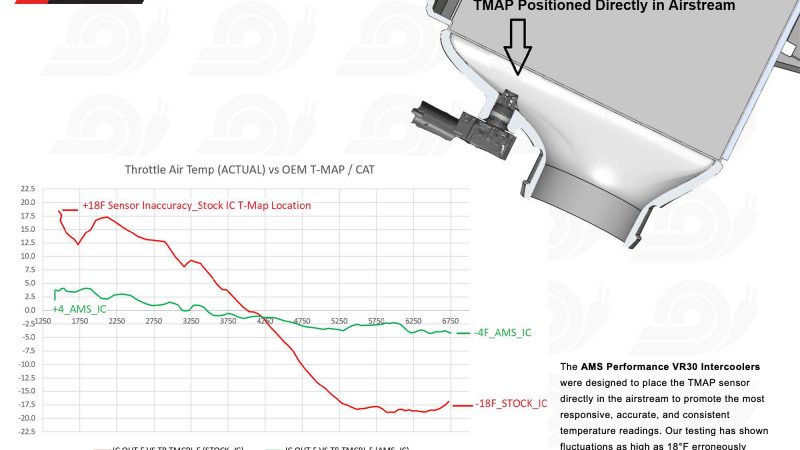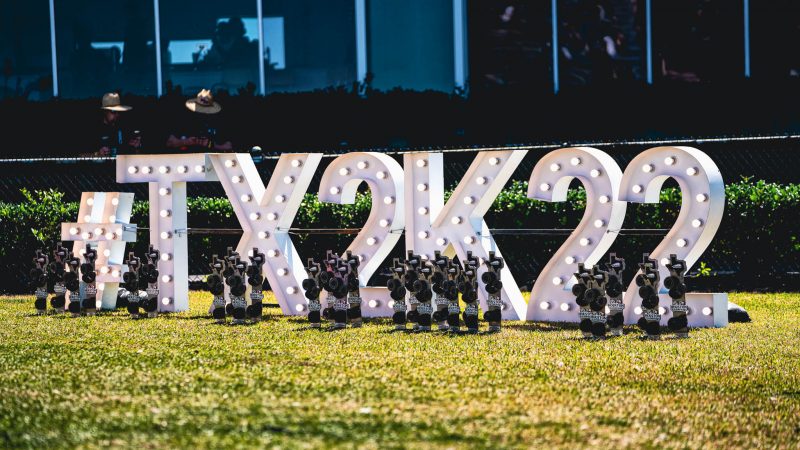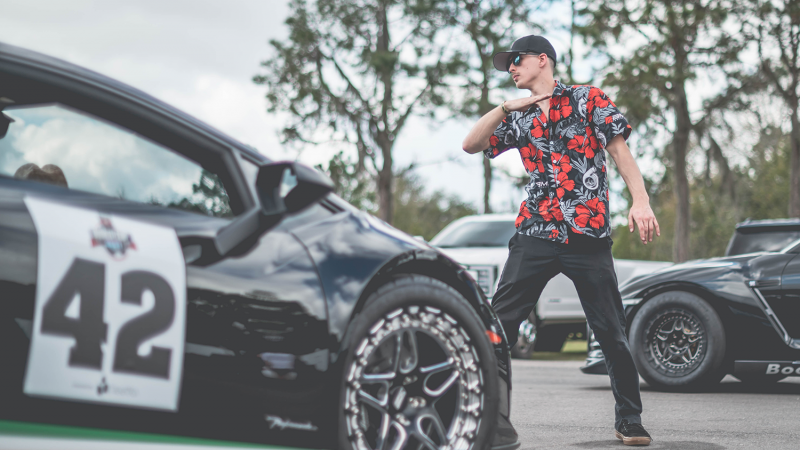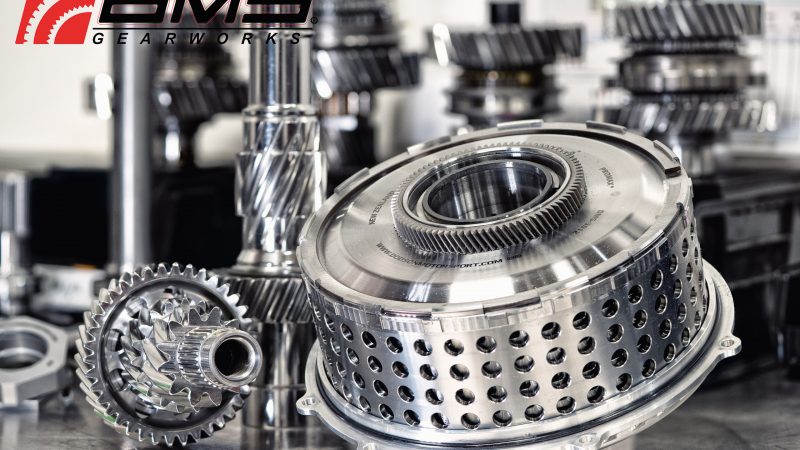AMS Hyundai Genesis Blow Off Valve Block Off Plate @ BOV’s Explained.
I am going to apologize in advance for the length of this post, but please take the time to read through the entire post as there is a lot of useful information. I am also going to talk about Gen Coupe specific issues in the BOV system, the drive by wire system and some driveability.
First off, let me quickly go over the purpose of a BOV and how it works.
The purpose of the BOV is to relieve pressure from the IC and IC pipes when the throttle closes. If you do not relieve this pressure, it ends up backing out the turbo. This shocks the turbo by rapidly slowing it down. This not only hurts the turbo, but also hinders performance. Your turbo now has to spin up again (lag) to make boost once the throttle is reopened.
With a BOV, when the throttle closes, the BOV opens up and allows boost to escape without going back through the turbo. This allows the turbo to continue spinning without being shocked and when the throttle reopens, it needs to spin up less to make boost again.
I hope that all makes sense.
On the Gen Coupe, the BOV is installed in the compressor housing of the turbo. Not exactly the best place (performance wise) for a BOV… Traditionally, a BOV is installed closer to the throttle body. This keeps air from back tracking through the IC and IC piping as it expands and exits the BOV. Instead, it continues on its path towards the throttle body and does not have to waste energy reversing direction every time you open or close your throttle.
Normally a BOV’s operation is strictly dictated by manifold pressure / vacuum versus pressure in the IC piping. A vacuum line connects the BOV to the intake manifold and under boost (wide open throttle), puts pressure on the valve keeping it closed. Under vacuum (closed throttle), it helps pull the valve open as boost in the piping pushes the valve open. On the Gen Coupe, this is NOT THE CASE!!
The Gen Coupe has a solenoid that actually controls BOV operation. There are three vacuum lines connected to the solenoid. One is T’d into the compressor housing and supplies boost, one goes to the vacuum reservoir on the intake manifold and the last goes to the BOV. The ECU controls the solenoid and therefore controls the BOV. This is why the BOV can open and cut boost when you run too much. This is not the ONLY reason that the BOV is ECU controlled…… If the BOV was only plumbed into the intake manifold, it would ONLY open when the throttle was closed. Well, we all know that on the Gen Coupe, the throttle hangs open when you let off the gas pedal. With the ECU control, the BOV can now be opened even if the throttle is still open and there is no vacuum in the intake manifold.
So the question is “Why the hell does the throttle not close when you let off the throttle?” Here is my theory. Trying to close the throttle body while under boost is going to put a strain on the electric motor and gears controlling the butterfly. As the throttle closes, boost tries to keep it open. This may strain the electric motor possibly causing issues with it and the gears. Now with the ECU controlling the BOV and the throttle body, when you let off the gas pedal, the ECU turns off the injectors which stops the engine from producing power, the ECU opens the BOV to relieve some pressure from the IC pipes and THEN the throttle is closed.
Here is something that supports my theory. When the car is cold and the ECU does not allow any boost to be made….. there is NO throttle hang. There would be no need for it to hang with no boost.
Here is another thing that also supports my theory. In our work with the BMW 1/3/535i turbocharged 3.0, we found that the ECU will NOT allow the throttle to open till there is no boost in the IC piping. BMW 3.0T owners put aftermarket BOVs on their cars to evacuate boost faster so the throttle opens sooner after a shift. The Gen Coupe 2.0T has a MAP sensor in the IC piping just like the BMW 3.0T. I was confused about this MAP sensor till Eric made this connection. The Gen Coupe does the same damn thing.
In my thread about taking my Coupe to the drag strip, I talk about how the faster I shifted, the more funky the throttle became. A quick shift resulted in a delay getting back into power. The quicker the shift, the more delay.
To test this theory, I made a hard pipe to replace soft hose between the throttle body and the factory hard pipe. I installed a Tial Q BOV in the new pipe to supplement the factory BOV. With this installed, the delay getting back into power after a fast shift was nearly eliminated!
At this point, I had the Tial Q plumbed into the vacuum port on the intake manifold. Plumbed like this, you could hear the factory BOV and the Tial Q open at different times. The factory BOV opens first (when the ECU commands it) using vacuum from the vacuum reservoir and then you hear the Tial when the throttle finally closes and the manifold goes into vacuum. This again supports my theory.
I am not done investigating the BOV and throttle issues yet. I still have some testing and data logging to do. Obviously we are going to work on figuring out the best solution to all the issues. I will keep you updated on the results of everything.
In closing, I will leave you with pictures of the prototype AMS BOV block off plate. 






